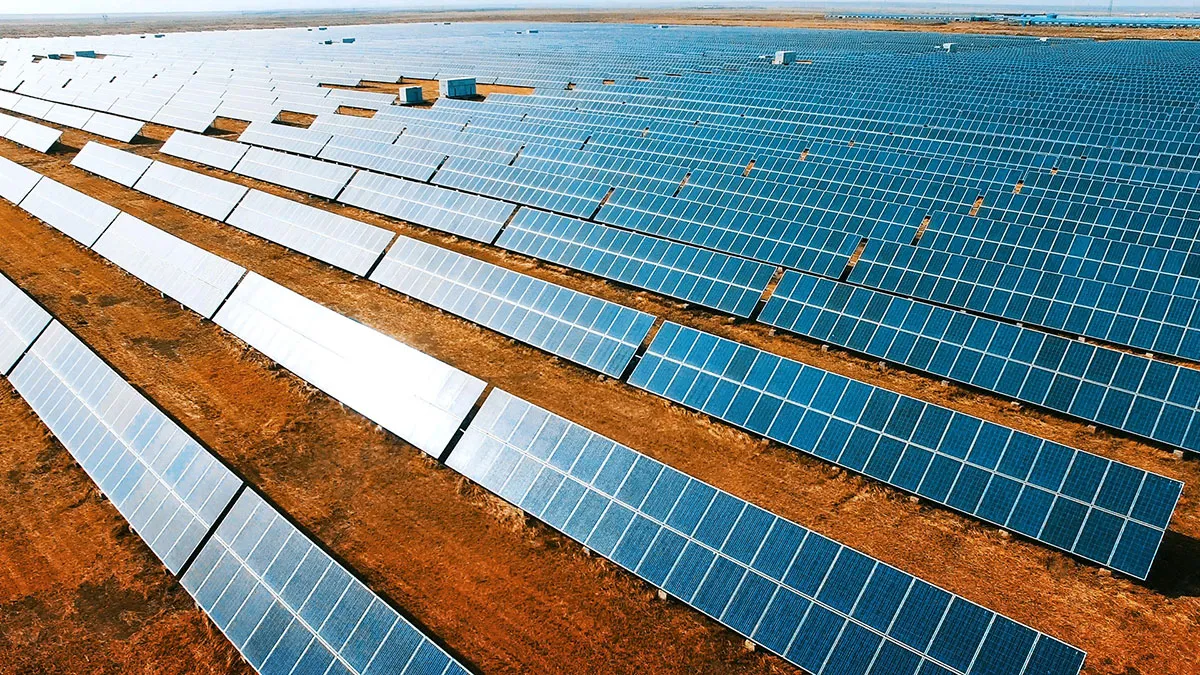Dive Brief:
-
After installing a record 12.8 GWdc across 161 new projects in 2020, the solar industry is on the cusp of a new normal, according to the authors of the 2021 Utility-Scale Solar report from the Lawrence Berkeley National Laboratory (LBNL).
-
Upfront construction costs for new utility-scale projects continue to drop, with the largest projects benefiting from the lowest levelized costs, according to LBNL research scientist Mark Bolinger, and one of the report authors. However, power purchase agreement (PPA) prices have stagnated and crept upward over the year, suggesting future prices may rise, he said.
-
Hybrid projects with solar plus storage still represent a minority of overall solar projects. But Bolinger said their popularity appears to be increasing, particularly in regions where high solar penetration rates have eroded the value of solar energy on the grid.
Dive Insight:
Utility scale solar may have hit a record, and in many regions, a turning point in 2020, according to the national lab's new analysis.
Utility scale installations added 12.8 GWdc to the grid in 2020, more than twice the 6.1 GWdc installed in 2019, according to the report. While there has been talk of whether the growth represents a temporary run on solar to get ahead of the planned investment tax phaseout, Joachim Seel, co-author on the report and LBNL senior scientific engineering associate, said the trend may represent a "new normal" of solar growth, citing findings from Wood Mackenzie and the Solar Energy Industries Association.
Seel noted that the U.S. hasn't added new coal generation since 2014, and that while new natural gas plants continue to come online, they accounted for less than 20% of new capacity in 2020.
"The majority of growth comes from either wind or solar," Seel said.
Solar only represents 3-4% of electricity currently on the grid, he said, but "recent numbers are going to change that."
But the economics are also changing solar. Capital costs have fallen roughly 12% annually since 2010, and continued to drop in 2020, bringing the median installed cost of utility scale PV to $1.05 per DC watt, with the lowest-cost project built in 2020 going for $0.70 per DC watt. While prices vary from project to project, more expensive outliers are increasingly less common, Seel said.
Similarly, the levelized cost of solar has decreased 85% since 2010, hitting $34/MWh without the investment tax credit. Average PPA prices have followed a similar trend — until recently, Bolinger said. Prices for solar-only PPAs have moved slightly upward since 2019. The increase, Bolinger said, is likely due to a combination of factors, included the anticipated tax credit phase out, supply chain and materials concerns, and an increase in the cost of competing energy sources such as natural gas.
Whether the upward trend will continue remains unclear, although Bolinger said he didn't see the PPA trend as conflicting with ongoing declines in LCOE and capital costs.
"A lot of that has to do with the fact that we're looking at LCOE based on commercial operating date, where PPA is based on the date the contract was signed," he said. "PPAs signed today might not come online until 2023 or 2024."
Developers in regions with high penetration rates also face another challenge, Seel said. In regions such as CAISO, the wholesale value of solar compared to average energy offerings has begun to decline. Nevada and New Mexico have seen similar trends, Seel said, on account of curtailment and related "duck curve" concerns.
One growing solution to this, Bolinger said, is the addition of batteries to utility scale solar projects. While adding storage can increase the PPA price from $5-$20/MWh depending on the size and duration of the battery, Bolinger said, they are growing in popularity. Of 460 GW of solar projects in queues around the nation as of 2020, 160 GW included a battery.
"Nearly 90% of all capacity included [in queue] in CAISO had a battery, and in the non-ISO west region it was 67%, and that's a factor of higher penetration," Bolinger said.
Despite these costs and overall increases to PPA prices, solar remains far and away the most popular option for future utility-scale projects, dominating interconnection queues, Bolinger added. While wind and gas projects have been declining in nationwide queues, solar continues to add requests.
Only 25% of projects in queue come to fruition, Bolinger concluded, "but it is one of the best sources of data we have to get a sneak peak into developer interest."














